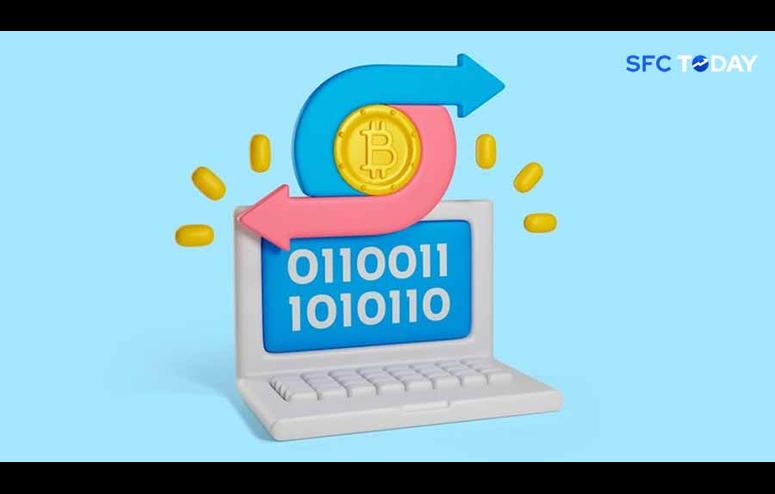Comparison of DeFi Lending Protocols: Risks and Rewards

Navigating the Rewards and Risks of Leading DeFi Lending Platforms Decentralized Finance, often referred to as DeFi, has revolutionarily changed the face of finance by giving users decentralised alternatives to old-school financial services. While lots of the frontline DeFi lending protocols boast their users in zero or low-interest loans, plus a better ROI. Here in the following article, a comprehensive discussion will be carried over about possible risks and rewards applicable to some of the popular lending protocols. 1. Aave Rewards: Flexibility: Aave permits a wide variety of assets, hence the users have multiple choices while lending and borrowing.
Flash Loans: Aave has introduced flash loans that enable borrowing instantly with repayment happening within the same transaction, thus providing an opportunity for arbitrage and sophisticated financial manoeuvres.
Interest Rate Options: Fixed as well as floating interest rate options can be given by the users so that flexibility based on market conditions can be provided.
Risks:
Vulnerability of smart contracts: Despite proper audit, there may be vulnerabilities in smart contracts, allowing malicious players to take benefit of the vulnerabilities.
Liquidation Risk: The borrowers are required to keep the collateral ratios. As soon as the value of the collateral falls, it gets liquidated to pay for the loan and therefore there is always a possibility of incurring a loss.
2. Compound Rewards:
Convenience: The compound is very accessible and easy to work with the facility of lending and borrowing; it is very facile.
Governance: The COMP is a governance token released by Compound and it allows its users to become a part of and vote on the future development of the protocol.
Interest Compound: Compound accrues interest in real-time hence making lenders money at all times.
Risks Collateral Requirement: Stringent requirements of collateral limit user borrowing power and position users to liquidation positions. Market Volatility: Compound interests are algorithmically determined and may fluctuate fast, impacting negatively borrowers as well as lenders. 3. MakerDAO Rewards
Stability: DAI is issued by MakerDAO; it is a stablecoin whose value is pegged to the US dollar and thus provides stability in volatile markets.
Decentralization: Very decentralized, with decisions made by the holders of the MKR token, hence community-led governance.
Collateral Options: DAI can be issued with the lock-up of several collateral types, including ETH and other ERC-20 tokens.
Risks:
Liquidation of Collateral: Once the price of collateral hits a certain level, it can get liquidated, and this may cause huge losses at the borrowing end.
Governance Risks: The decentralized governance model can slow it down as well as make it vulnerable to governance attacks in the decision-making process.
4. Yearn Finance Rewards:
Yield Optimization: Yearn Finance switches funds automatically between a variety of DeFi protocols with the intent to optimize yields for its users.
Vaults: Yearn’s vaults allow users to deposit their assets and, without the need for active management, derive optimized yields on their investments.
Community Governed: Yearn is governed by owners of the YFI token, which by definition inherently means that the community drives decisions.
Risks
Complexity: The strategies used by Yearn are inherently complex, so users can’t possibly know all the risks involved.
Smart Contract Risks: Similar to most other DeFi protocols, Yearn risks bugs in its smart contracts and exploits similar to others out there.
5. Curve Finance Rewards:
High stablecoin concentration: Curve Finance has a high concentration on stablecoins and gives a low slippage that involves minimal fees when swapping between stablecoins.
Liquidity pools: Users can provide liquidity and earn fees and rewards as they take advantage of the high trading volumes on the platform.
Governance: In these, the CRV token holders are enabled to vote and participate in governance in deciding the future of the protocol. Risks
Impermanent Loss: The value of the assets that are locked might fluctuate as compared to holding the assets directly may lead to impermanent loss for the liquidity providers.
Risks from Smart Contracts: Even though audited, smart contracts are vulnerable to exploits and bugs.
Conclusion DeFi lending protocols expose the participants to many rewards, including high yield, decentralized governance, and innovative financial products. However, they expose participants to great risks and threats, such as vulnerabilities in the smart contracts applied, associated liquidation risks, and market volatility. Participants should, therefore, be aware of both the risks and rewards before joining DeFi lending. Some of these risks can be deflected if the users know the mechanisms, update their knowledge and diversify their investments. Over time, there will be new protocols and updates to the current ones. That is to say, there will be even more opportunities and challenges. For a good operation in the DeFi lending space, the only way to stay on top of these new developments and best practices is.
